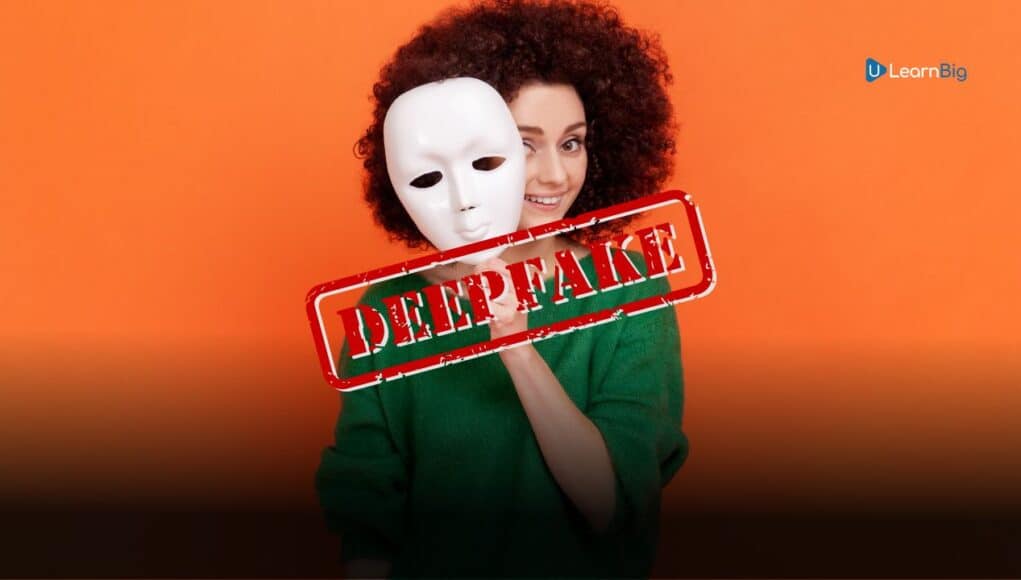Deepfakes: A Double-Edged Sword in the Information Age
The rapid advancement of artificial intelligence has given rise to deepfakes—synthetic media where a person in an existing image or video is replaced with someone else’s likeness. This technology, rooted in machine learning and neural networks, has profound implications for the way we perceive and trust information. As deepfakes become more sophisticated and accessible, they present both significant threats and opportunities. The critical question is: are we prepared to mitigate the risks while harnessing their potential for good?
The Threat of Deepfakes
Deepfakes pose a formidable threat to the integrity of information. They can be used to create highly convincing fake videos and audio recordings, making it difficult to distinguish between real and fabricated content. This capability has far-reaching implications:
- Disinformation and Misinformation: Deepfakes can be weaponized to spread false information, influence public opinion, and interfere with democratic processes. Fake videos of political figures making inflammatory statements or engaging in illicit activities can be used to sway voters or create social unrest.
- Reputation Damage: Individuals can have their reputations irreparably harmed by deepfakes depicting them in compromising situations. Celebrities, politicians, and even ordinary people are at risk of being targeted by malicious actors.
- Cybercrime and Fraud: Deepfakes can be employed in sophisticated phishing attacks, where synthetic voices or videos of trusted individuals are used to manipulate victims into divulging sensitive information or transferring money.
- Erosion of Trust: The prevalence of deepfakes could lead to a general erosion of trust in digital media. As people become more aware of the possibility of manipulated content, they may become skeptical of all media, making it harder to discern truth from falsehood.
Watch this video by Johnny Harris.
Harnessing the Potential for Good
Despite the significant threats, deepfakes also hold the potential for positive applications when used responsibly:
- Entertainment and Media: In the entertainment industry, deepfakes can be used for creative purposes such as bringing deceased actors back to life for a movie role or creating realistic digital doubles for dangerous stunts. They offer new opportunities for storytelling and creativity.
- Education and Training: Deepfakes can enhance educational experiences by creating realistic simulations for training purposes. For example, medical students can benefit from realistic patient simulations, and pilots can train with high-fidelity flight simulations.
- Accessibility: Deepfake technology can be used to create synthetic voices for individuals who have lost their ability to speak. Personalized voice models can be developed to closely match their original voices, significantly improving their quality of life.
- Historical Recreation: Deepfakes can be employed to recreate historical events or bring historical figures to life in a way that is engaging and educational. This can provide a more immersive learning experience and a deeper understanding of history.
Are We Prepared?
The dual nature of deepfakes necessitates a balanced approach that maximizes their benefits while minimizing their risks. Preparedness involves several key strategies:
- Technological Solutions: Advances in detection technology are crucial. Researchers are developing algorithms that can identify deepfakes by analyzing inconsistencies and artifacts that are often present in synthetic media. Collaboration between tech companies, academic institutions, and governments is essential to stay ahead of deepfake creators.
- Legislation and Regulation: Governments need to implement laws that address the malicious use of deepfakes. This includes clear definitions of illegal activities, appropriate penalties, and guidelines for law enforcement. International cooperation is also necessary, given the global nature of the internet.
- Public Awareness and Education: Educating the public about deepfakes and how to identify them is vital. Media literacy programs can help individuals critically evaluate the content they consume and reduce the impact of disinformation.
- Ethical Frameworks: The development of ethical guidelines for the use of deepfake technology is essential. This includes establishing norms and standards for responsible use in various industries and ensuring that creators are held accountable for the misuse of this technology.
Deepfakes represent a powerful technological advancement with the potential to revolutionize various fields. However, their ability to deceive and manipulate also poses significant risks to the integrity of information and trust in society. Balancing these threats and opportunities requires a multifaceted approach involving technological innovation, legal frameworks, public education, and ethical considerations. As we navigate this complex landscape, the collective effort of all stakeholders will be crucial in ensuring that deepfakes are used for good while protecting against their misuse.
































